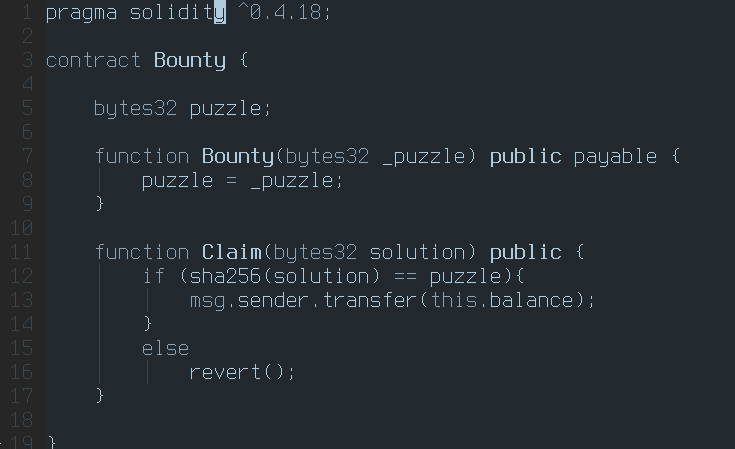In my article last week, I talked about how Bitcoin is decentralized, that is, lacks a single point of failure or choke point. One of the things many critics of the article pointed out was that mining is somehow centralized and therefore, my argument didn’t hold.
Defining Mining Centralization
Mining Centralization can mean two different things:
- Manufacturing of mining equipment being mostly in the hands of a single company.
- Majority of hash power being controlled by a single company
These two are different and when someone says “mining centralization”, it’s not always clear which they mean. The rest of the article is organized to examine the risks and possible attacks of each. Note we’ll examine some scenarios here, by no means exhaustive, but they should give a pretty good idea of the possible risks and mitigations of Mining Centralization.
Manufacturing Centralization
Bitmain does indeed produce a majority of double-sha256 (proof-of-work hashing algorithm behind BTC, BCH and a few others) mining equipment and the majority of hash power on the Bitcoin network as of this writing come from miners manufactured by Bitmain. We suppose here that though Bitmain may manufacture a majority of the mining equipment, they don’t necessarily control the equipment.
What are the risks of a single manufacturer producing most of the equipment used to secure the network?
Source/More: Mining Centralization Scenarios – Jimmy Song – Medium
















